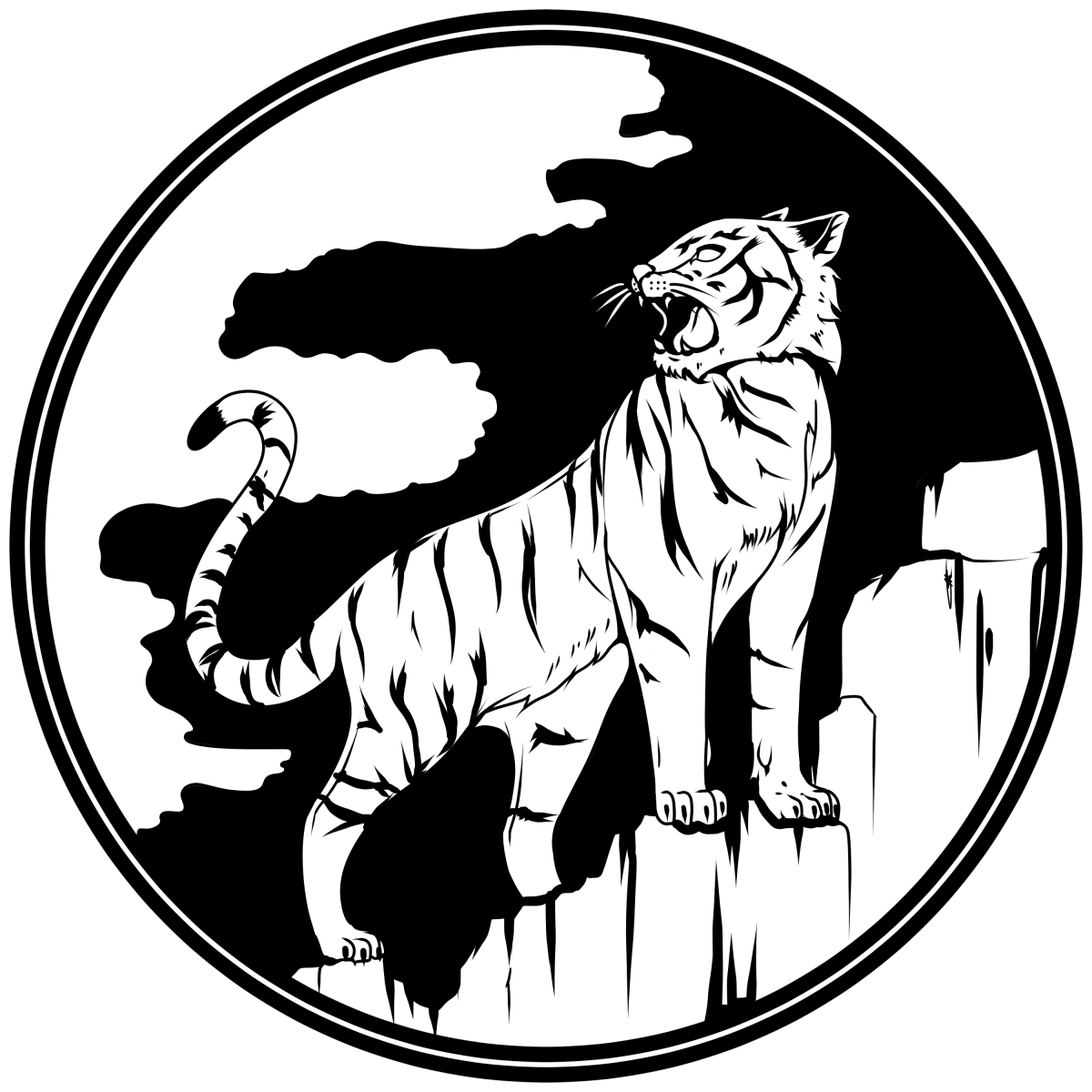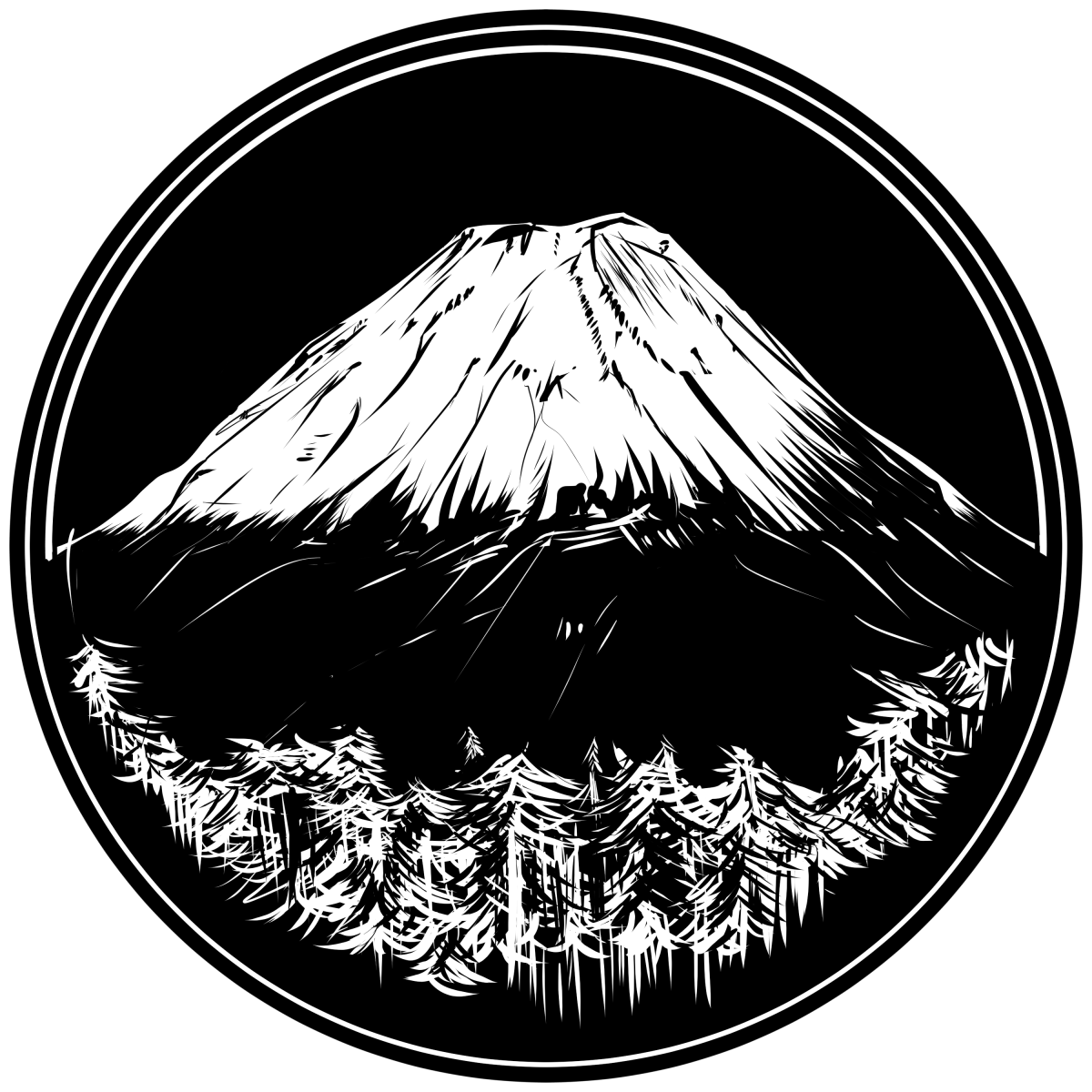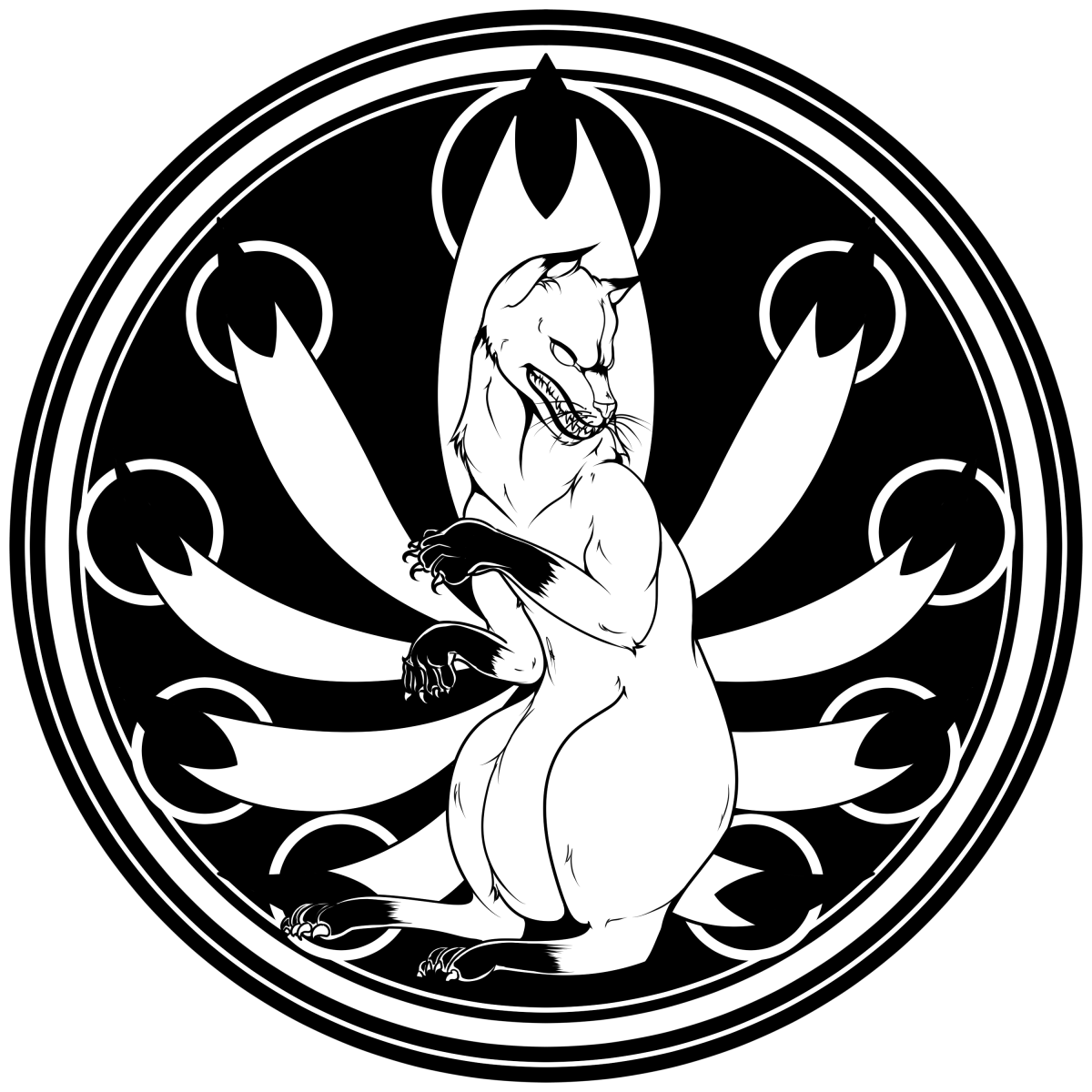In the character creation section of Art of War the clans are summarized for the player. Still Pre-edit. Posting these drafts help with reading continuity and flow of the read.
———————-
Tiger Clan
Family Names: Date, Huang, Khan, Lao, Luo, Luong, Ma, Sakai, Shingen, Sun, Yu, Zhang, Zhao
Common Tenets: Benevolence, Harmony
Common Tropes: Buxist, Kui, Youxia
Clan Techniques: Koi’s Teachings, Moon Rabbit Leap, Tortoise Shell
The autonomous region begins with the Serpent’s Back, flowing west and ends at Serpent’s Tail to round out the northern border of the Hanxia Plains. West is the Wylds, a reminder of the division of the San Empire and the former lands of the moon goddess descendants. South is marred with barren jagged hills protecting the clans from the tainted terrors of the Scorpion Desert, known as The Wall or the Southern Wall. Vast grasslands sprawl across rolling hills playing home of roaming packs of feral and domestic basabasa. Throughout the plains are villages named for one of the 13 Heroes of the Cleansing Jade. Wide open spaces reflect the free spirit embedded in the minds of all Tigers. Their duty is to protect the realm from injustice and freedom of its people.
Ancestral traditions of nomadic tribes have given generations grand stories of when the Kami lived alongside mankind. Predecessors of the Tiger Clan constructed wooden structures called Spirit Gates. These gates bridged the worlds, bringing celestial beings and humans together to learn the lessons of Chi. Today, the keys to open the doors to the beyond have been lost, but the wisdom and teachings of the divine live on through caretakers and guardians of sacred grounds. Temples and shrines form the pillars of a Tiger community, providing land for festivals, shelter from extreme weather, training space for martial arts, and sanctuary for honoring those that have passed.
Spirituality and coexistence with nature is a driving force. Monasteries dedicated to the martial arts are inspired by the world surrounding them. Each one specializing in a particular style of fisticuffs centered around the teachings of a grand master. Around monasteries grow the communities of families that seek the philosophical lessons to one day have the honor of a student attending a school.
These communities were the first to treat the kemonomimi as equals, setting the groundwork for the Umvee refugees that followed. Umvee hold members of the Tiger Clan to the highest degree of respect for the immediate inclusion into the San Empire. Knowing the importance of cultural traditions and maintaining their own values, members of Council 13 have designated a segment of the “green sea” to the Umvee. As what was done with the Kemonomimi, this land has allowed the Umvee to develop a minor district of the state unhindered.
Agenda:
Diversified as the shrines throughout the land, each monastery village has a goal of spreading their own teachings across the clan, but may hold a core value different from the next. Clan elders seek the lost wisdom of Kami of centuries past. Should the knowledge of the Spirit Gates ever be rediscovered, many are unsure if they should be opened at all. Some want to control the gates, thereby controlling the divine and the fate of the world. Many fear it could unleash something worse, like a vengeful forgotten spirit. As of yet, no such discoveries have been uncovered.
The current head of the clan is held by a Buxist who wishes only to maintain peace and build relations with the Kitsune Clan. As Speaker of the People, Buxist Po Ba Sing works to bring stability and unity to the villages after the last war. Much of his focus has been on maintaining security of those outside the Southern Wall. Resources from the court diverted to rebuilding the nation and aid from the Volunteer Army growing infrequent, Po is hatching a plan for a last ditch effort to bring those south back home. Once he knows all are safe, he would like to push the wall further south, expanding Tiger territory (and of course the Empire).
Sacred Duty:
The Society of the Jade Stratagem is headquartered just inside Tiger territory, with quick access to Kitsune and Serpent lands. While any hero looking to do good or odd jobs may join, the Stratagem is an organization spearheaded by the Tigers that have outpost located throughout the empire. Many outpost are publicly known, others are hidden in back alleys in unwelcoming villages, operate on direction of the Tiger’s sacred duty: Ensure freedom against tyranny and help those who can’t help themselves.
One appointed member from each of the 13 villages is selected to join the Striped Tigers. Striped Tigers are ambassadors of the Tiger Clan that may be called upon by the Emperor, Imperial Court, or answer a request from a Tiger village to investigate issues of oppression of any level. From business owners using unpaid labor to monasteries that refuse to aid starving families, no one is safe from an inquiry should a submitted request meet the Striped Tigers criteria.
Stereotypes:
Outside looking in, non-Tigers view them as simple rural folk who know nothing outside of herding basabasa and farming. While not entirely untrue, the greatest philosophers and war strategist have sought the wisdom and sword skills of a monastery master within the green sea. Characterized as a land of a 1000 shrines and boundless heroes, everyone is assumed to know a form of unarmed combat. The saying, “..in every hand, a fist..” does hold truth. Despite this, a typical member is patient, friendly, slow to anger, and adventurous at heart. The community takes priority over individual self interests (or at least that is what is taught).
Stories persist that all wandering heroes of the Tiger Clan are forced to become orphans that travel alone starting brawls in tea houses. Quite contrary, members develop strong bonds with family and extended family members. Roaming in packs runs in Tiger blood. Rarely does one wonder far by oneself.
Clan Knowledge:
- The main economic industry revolves around tourism, basabasa products, and silk trade.
- Members of certain sects follow the Traveler’s Pilgrimage. This journey retraces the path Kui followed. It consist of 103 shrines, temples, and Spirit Gates.
- Silk Butterfly Tournament is popular with heroes, and is seen as the best tournament to make a name for oneself.
- Umvee district is off limits to those that are not Umvee. Any actions taken in the sanctioned area is out of Tiger jurisdiction.
- Society of the Jade Stratagem is the first unified and multi-clan supported guild. It is a glorified adventures guild.
- Lands west of the Wylds are overrun by feral fur-covered berserkers.
Rumors & Secrets:
- One sect of Kui have gained the knowledge to open a Spirit Gate. They are said to have released Oni into opposing clan territory.
- One of the original 13 Heroes of the Cleansing Jade is said to live as a Terracotta in the Sorrow Swamps. If beaten in a duel the Hero will become a servant of the winner’s family for a lifetime, but the winner must never return.
- A network of Samurai who long for vengeance seek to remove the Emperor and create a dynasty ruled by a Tiger General.
- Underneath the capital city lays the comatose colossal kami, White Tiger of Ruin.




